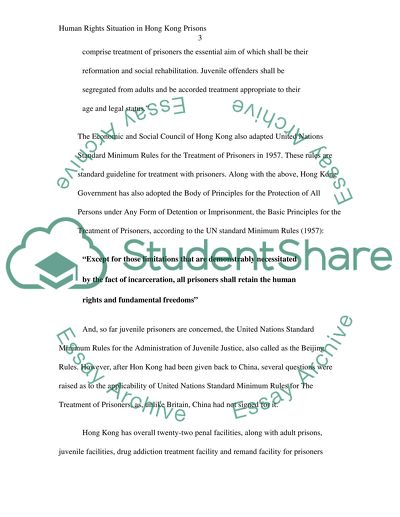Cite this document
(“Human Rights Situation in Hong Kong Prisons Essay”, n.d.)
Retrieved from https://studentshare.org/sociology/1395966-human-rights-situation-in-hong-kong-prisons
Retrieved from https://studentshare.org/sociology/1395966-human-rights-situation-in-hong-kong-prisons
(Human Rights Situation in Hong Kong Prisons Essay)
https://studentshare.org/sociology/1395966-human-rights-situation-in-hong-kong-prisons.
https://studentshare.org/sociology/1395966-human-rights-situation-in-hong-kong-prisons.
“Human Rights Situation in Hong Kong Prisons Essay”, n.d. https://studentshare.org/sociology/1395966-human-rights-situation-in-hong-kong-prisons.


